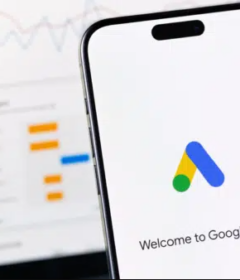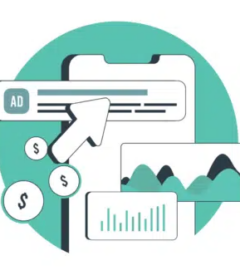Google’s new treatment of nofollow links has arrived

Here’s what you need to be aware of as Google begins viewing nofollow links as a hint for crawling and indexing.
First introduced in 2005, the nofollow link attribute was created to stop spam links from passing credit and manipulating ranking signals. Check out our nofollow explainer to get caught up on everything there is to know about the original nofollow attribute.
Defining link attributes. Last year, Google introduced new link attributes for sponsored and user-generated content (UGC).
rel="sponsored": This attribute can be used to identify links on your site that are part of an advertisement, sponsorship or some other paid agreement.
rel="ugc": This attribute is recommended for links appearing in user-generated content, like comments and forum posts.
rel="nofollow": This attribute can be applied to any scenario in which you want to link to a page but don’t want to pass along ranking credit to it.
Why Google introduced these new attributes. Google’s Gary Illyes and Danny Sullivan, who co-authored the September announcement, have said that the new attributes serve to help Google understand the web better and allow site owners to classify the nature of their links, if they want to.
But this is key: Whether you implement the attributes does not affect your site and doing so is completely voluntary.
What you should be doing. “If you were using nofollow to block any sensitive areas of your site that you didn’t want crawled, it probably makes sense to go block these in a different way,” Patrick Stox, technical SEO and brand ambassador for Ahrefs, told Search Engine Land. There are various ways, such as robots.txt or meta tags, that you can use to regulate how Google crawls and indexes pages.
As for the UGC and sponsored attributes, implementing them is voluntary. If you want to provide Google with that information (and have links classified for your own reference), feel free to do so. Whether you do or don’t won’t impact your site.



